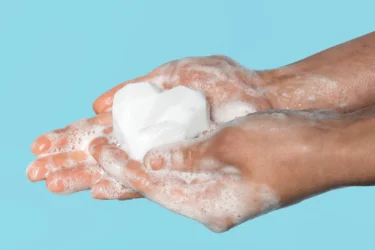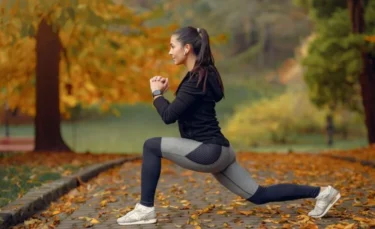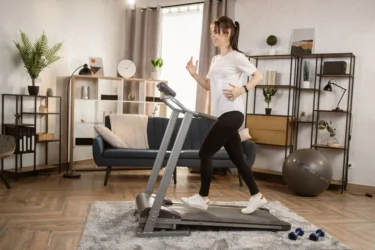While winter brings the joy of festivals and holidays, it can also worsen asthma symptoms.
Although the cold winter air is not a primary cause of asthma, it may trigger bronchospasm or exacerbate existing asthma (cold-induced bronchoconstriction) symptoms1.
Dry, cold air may aggravate asthma symptoms and increase the risk of asthma attacks in people who already have the condition or have sensitive airways1,2.

Frequent and proper washing of your hands with water and soap is one of the simplest and most effective ways to reduce the risk of catching or spreading viruses, including cold, flu, COVID-19, and gastroenteritis3. Using alcohol-based hand sanitisers also helps reduce the risk.
While handwashing lowers the risk of infection, it cannot completely help you avoid illnesses, especially those spread through the air, such as cold and flu viruses. Therefore, the emphasis should be on teaching good hand hygiene to your children and educating them that it is one of the most basic and essential steps in staying healthy.

Cold weather doesn’t mean you have to give up your exercise routine, but it’s best to exercise indoors when possible. In individuals with asthma or exercise-induced bronchospasm, exposure to cold air can trigger airway narrowing during physical activity4,5.
However, if indoor exercise is not possible, instead of avoiding exercise altogether, consider strategies such as a proper pre-exercise warm-up, using prescribed bronchodilators6.

Warming up before exercise can help reduce the likelihood and severity of exercise-induced bronchoconstriction in people with asthma, especially during winter workouts4.
An indoor warm-up, such as using a treadmill for several minutes, allows the gradual adaptation of airways to physical activity and cold conditions, reducing the severity of bronchospasm7. Please note that while the exact warm-up duration can vary, even 5 to 10 minutes of progressive warm-up may help lower the risk of bronchospasm during outdoor exercise.

Work with your specialist or doctor to create an effective asthma treatment plan for the winter, and continue to get regular checkups done. Cold weather or exercise can trigger bronchospasm even in people without chronic asthma, so it’s important to seek medical advice if you experience new or worsening asthma symptoms8. Take all prescribed medications (including controller medications like inhaled corticosteroids or leukotriene modifiers) consistently, not just asthma relievers, to help avoid winter exacerbations1.

Make sure to vacuum and dust your home frequently to reduce allergens since everyone will be spending a lot of time indoors during the winter. Dust all over using a damp cloth, and use a vacuum with high efficiency (HEPA) filter to clean carpets and fabric-covered furniture. Keep your home smoke-free, as secondhand tobacco smoke is a well-established asthma trigger9. Smoke from candles and fireplaces can also worsen symptoms, though it is generally less potent than tobacco smoke.
Other than the tips mentioned above, make sure to take the basic precautions like wearing a scarf or turtleneck up over your mouth and nose to warm the air you’re inhaling when outside, to avoid asthma attacks during winter.
Cold weather and indoor allergens can trigger asthma symptoms or exercise-induced bronchoconstriction, but proper planning and precautions can help manage them.
Key strategies to avoid triggering asthma include adhering to prescribed controller medications, warming up before exercise, covering the mouth and nose outdoors, maintaining good indoor air quality, and practising hand hygiene. People with asthma can stay active and healthy throughout the winter with these measures.
Disclaimer: The information provided here is for educational/awareness purposes only and is not intended to be a substitute for medical treatment by a healthcare professional and should not be relied upon to diagnose or treat any medical condition. The reader should consult a registered medical practitioner to determine the appropriateness of the information and before consuming any medication. PharmEasy does not provide any guarantee or warranty (express or implied) regarding the accuracy, adequacy, completeness, legality, reliability or usefulness of the information; and disclaims any liability arising thereof.
Links and product recommendations in the information provided here are advertisements of third-party products available on the website. PharmEasy does not make any representation on the accuracy or suitability of such products/services. Advertisements do not influence the editorial decisions or content. The information in this blog is subject to change without notice. The authors and administrators reserve the right to modify, add, or remove content without notification. It is your responsibility to review this disclaimer regularly for any changes.